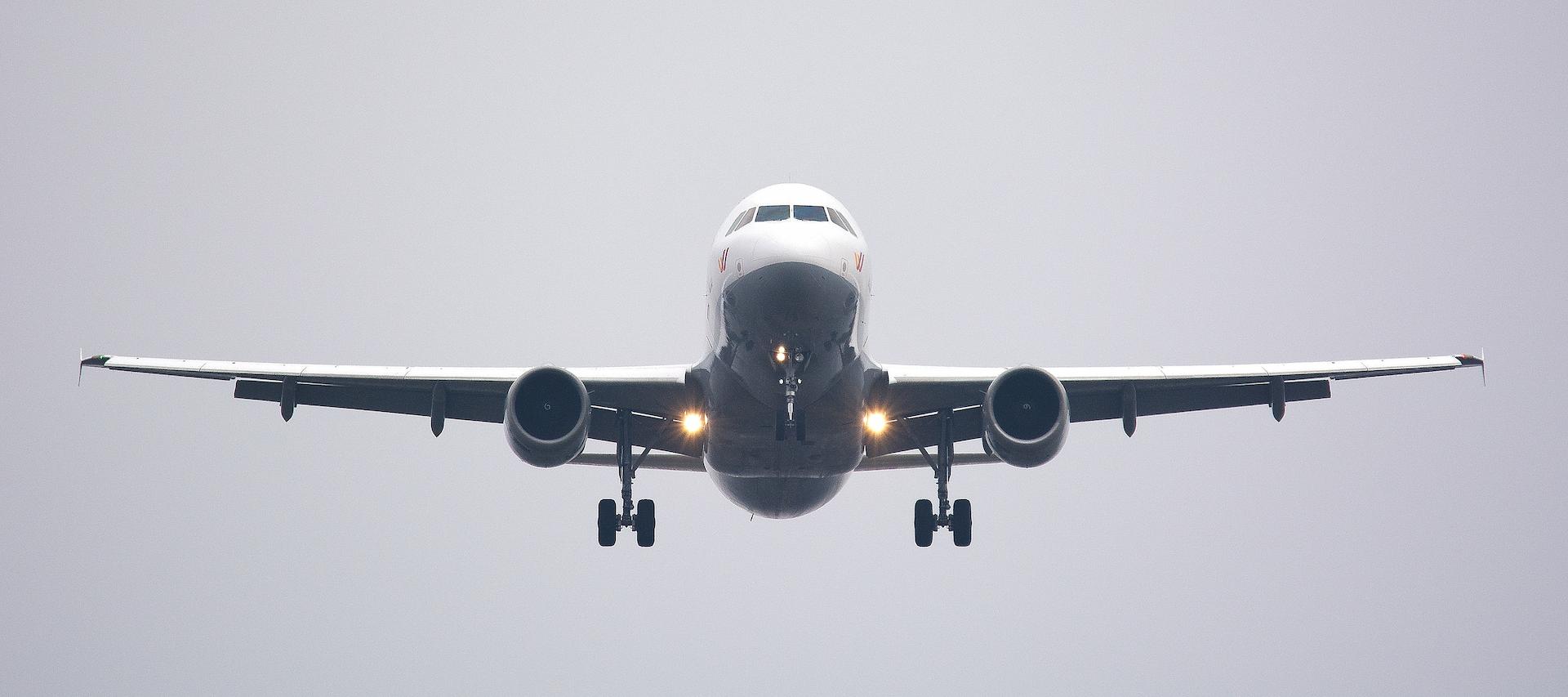As operators, pilots and anyone on the ground supporting flight operations, it is vital we understand the risk of icing in flight, know the signs to look for and the actions you can take to reduce the risk of icing affecting the safety of each flight.
EASA
For better understanding please visit EASA’s website to read a brief summary of the main actions that air operators can take based on the main risks that have been identified from the Safety Risk Management process and Safety Intelligence Section of EASA.
For more information:
- Visit SKYBRARY: Avoidance of High Altitude Icing
- Visit SKYBRARY: Effects of High Level Ice Crystal Ice Crystal Icing
- Study an article about Engine Power Loss in Ice Crystal Conditions from Aeromagazine of Boeing
- Study a leaflet from the Australian Bureau of Meteorology on Hazardous Weather Phenomena: High Ice Water Content
- Read a comprehensive presentation from Boeing on the research in the Engine Icing issue
- Watch a video from NASA showing the Ice Crystal Ice effect on engine
- Watch a video of a real situation from Mighty MKL
Don’t forget to visit the HCAA SIAN 01 - 2024 - SAE Type II, III and IV Aircraft Anti-Icing Fluid Application.






